Disasters

2016 Floods
A rainy weekend in August 2016 unexpectedly left behind more than three times the amount of rain dropped by Hurricane Katrina, damaging 146,000 homes in fifty-six of Louisiana’s sixty-four parishes.

A rainy weekend in August 2016 unexpectedly left behind more than three times the amount of rain dropped by Hurricane Katrina, damaging 146,000 homes in fifty-six of Louisiana’s sixty-four parishes.

One of the wealthiest Louisiana residents of his generation, Bernard de Marigny de Mandeville was active in Louisiana politics and lucratively subdivided his New Orleans plantation, creating the neighborhood that still bears his name.

Dave Treen served as governor of Louisiana from 1980 to 1984, losing his bid for a second term to Edwin Edwards in 1983.
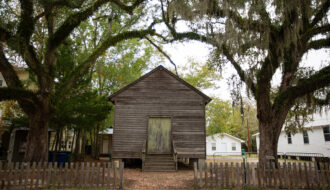
A rural jazz hall in the early twentieth century, the Dew Drop Social & Benevolent Jazz Hall experienced a revival in the early twenty-first century.

In 1946, Benedictine artist Dom Gregory de Wit began working on his brilliantly colored, large scale murals for the St. Joseph Abbey near Covington, Louisiana.
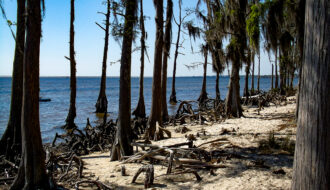
The Fontainebleau State Park bears the name of Bernard de Marigny's sugar plantation, which formerly occupied this site and was itself named after the estate of the French king Francois I.
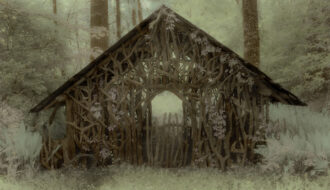
Covington photographer Harriet Blum has created a large body of painterly photographs of Louisiana and Mississippi Gulf Coast landscapes.

Madisonville became an important Louisiana shipbuilding center, boasting four shipyards by the late nineteenth century.
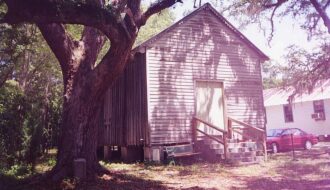
Mandeville was founded in 1834, occupying part of what was formerly the sugar plantation of Bernard de Marigny de Mandeville in Louisiana.
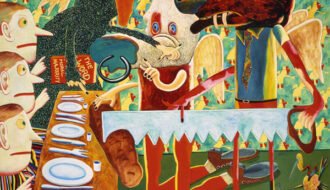
For four decades artist Robert Joseph Warrens has used his painting to explore the nature of art, social ills, and the polluting of the environment.
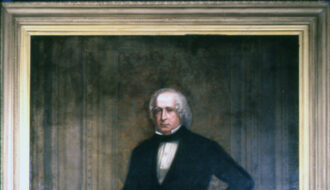
Surveyed and platted in 1883 for the New Orleans and Northeastern Railroad, Slidell was named for John Slidell, Confederate ambassador to France and U.S. congressman.

An archaeological site on the north shore of Lake Pontchartrain helps researchers understand Tchefuncte culture from 600 to 200 BCE
One-Year Subscription (4 issues) : $25.00
Two-Year Subscription (8 issues) : $40.00
